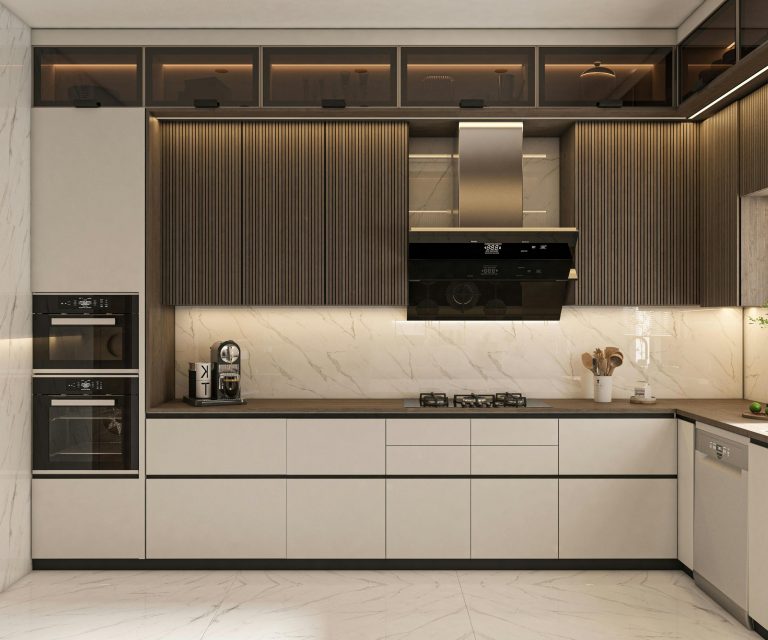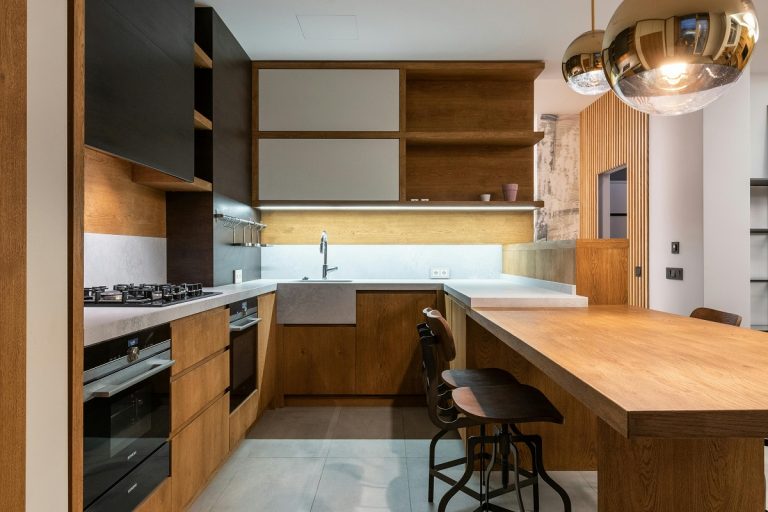

Creating new floor plans is one of the most exciting yet challenging aspects of a remodeling project. Whether you’re renovating a single room or your entire home, a well-thought-out floor plan can make all the difference in achieving a functional and aesthetically pleasing space. Here are some tips to help you create effective floor plans during your remodeling project.
Understand Your Needs and Lifestyle
Before you start sketching out your new floor plans, take time to consider how you use the space and what your future needs might be. Think about your daily routines, the flow of movement through the space, and any specific requirements you have.
For instance, if you love to entertain, you might want an open-concept kitchen and living area. On the other hand, if you work from home, incorporating a quiet, dedicated office space may be a priority. Understanding your lifestyle will guide the design and ensure that your new floor plans are tailored to your needs.
Maximize Natural Light
Natural light can significantly enhance the ambiance of your home. When floor planning, consider the placement of windows and doors to maximize the amount of natural light entering the space. Position frequently used rooms, such as the living room or kitchen, where they can benefit from the most sunlight. Additionally, think about how light flows through the home and whether interior walls or partitions can be adjusted to allow light to travel further into the space.
Consider Traffic Flow
A well-designed floor plan ensures smooth movement throughout your home. Pay attention to the traffic flow when arranging rooms and furniture. Hallways should be wide enough to allow easy passage, and doorways should be strategically placed to connect high-traffic areas. In open-concept layouts, it’s essential to define spaces clearly while maintaining a natural flow between them. For example, using area rugs or different flooring materials can help delineate the living room from the dining area without obstructing movement.
Plan for Future Flexibility

Your needs may change over time, so it’s wise to plan new floors that allow for future adjustments. Consider designing spaces that can serve multiple purposes or be easily reconfigured. For instance, a guest room could double as a home office or a playroom that can later transition into a study area as your family grows. This flexibility ensures your home can adapt to your evolving lifestyle.
Creating new floor plans during your remodeling project requires careful consideration of your needs, natural light, traffic flow, and future flexibility. By keeping these tips in mind, you can design a space that not only meets your current requirements but also grows with you over time.


